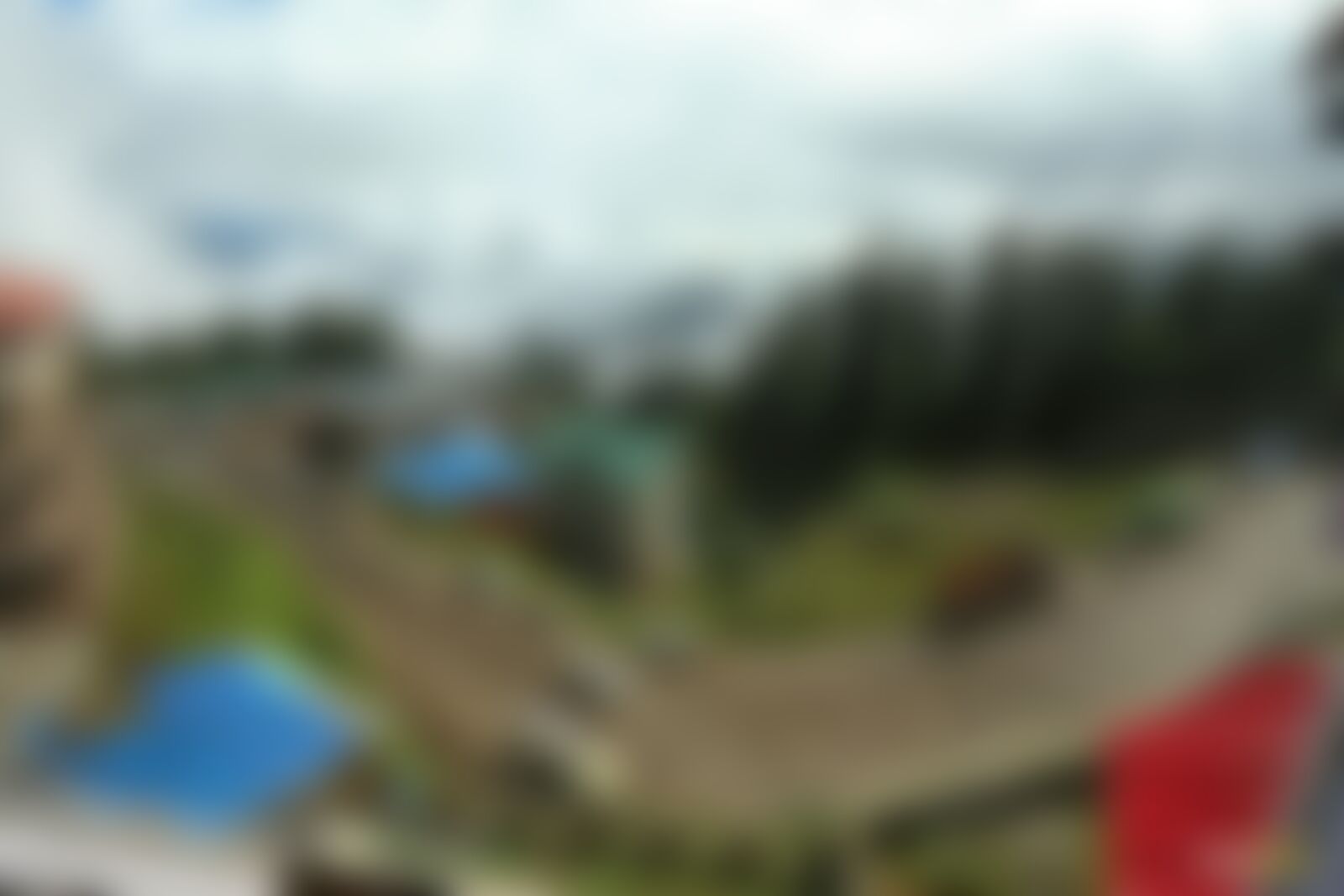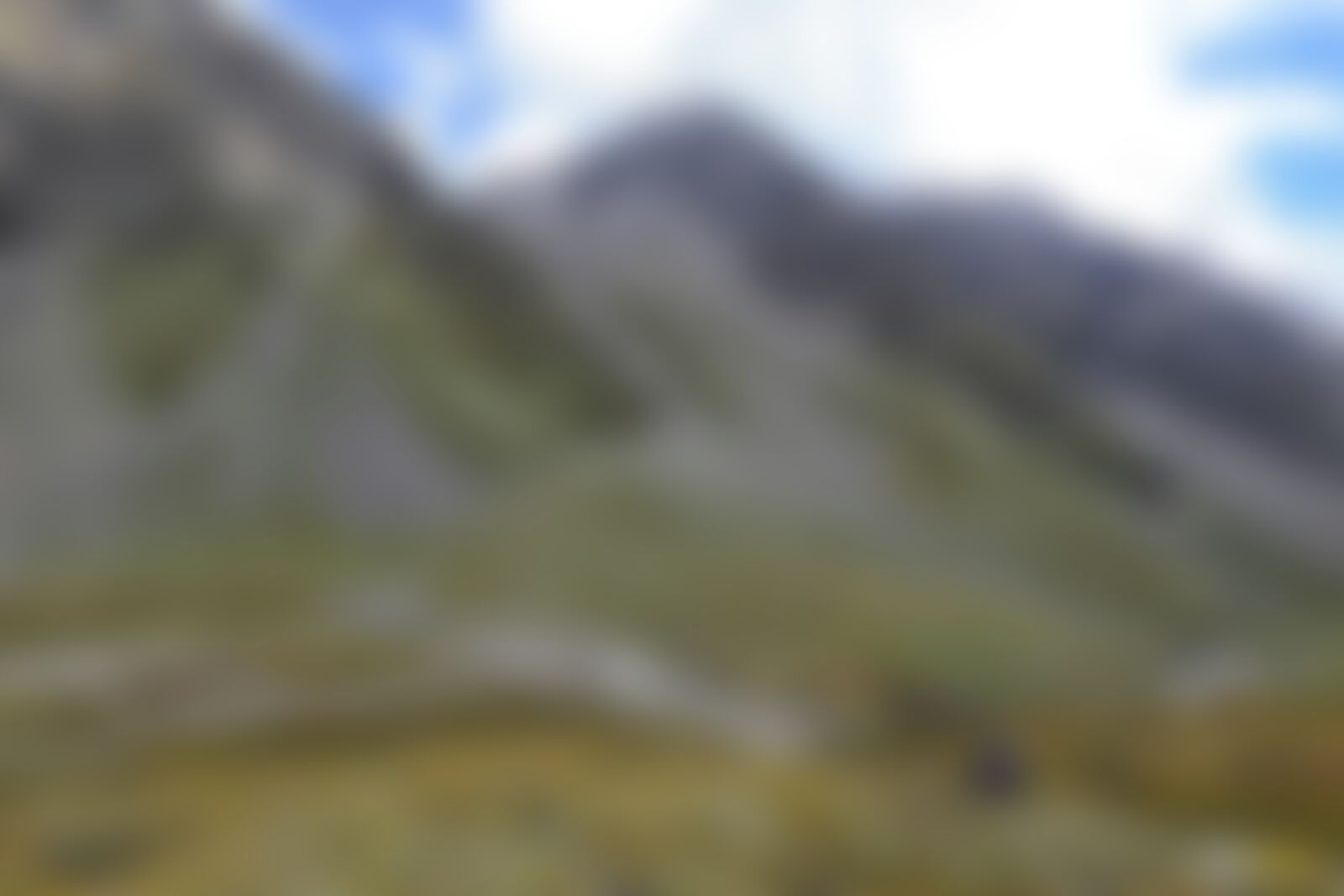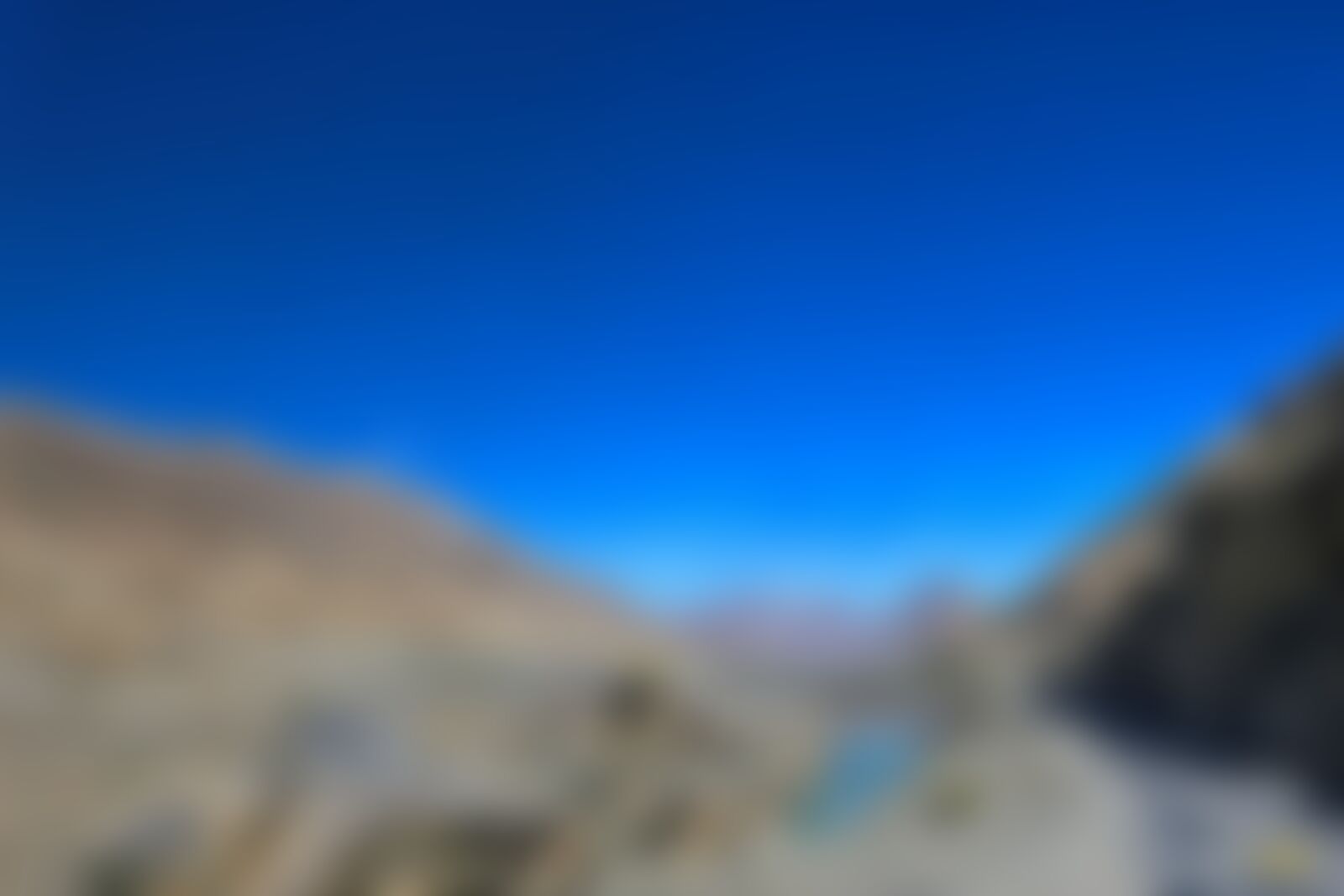Wondering which trek to choose? Let this beautifully curated e-magazine on the 10 best treks of Himachal help you
TREK DIFFICULTY
Difficult
TREK DURATION
9 days
HIGHEST ALTITUDE
16,105 ft
The Most Dramatic Crossover Trek in India
Pin Bhaba Pass is hands down the most dramatic pass crossing trek in our country. That is a bold statement to make. Especially when we have so many pass crossing treks in our country.
In the words of our Founder and CEO Arjun Majumdar, "No other trek has been able to match such dramatic changes in scenery. It will always be on my Top 3 list". Check out this photo-story to experience this trek virtually!
But what you see when you stand at the pass is a testament to this bold statement we make.
Once at the pass you see Pin valley below you, in various shades of pink, set amidst the stark and deserted mountains of Spiti. While behind you is the lush green Bhaba valley. That is when you realize how remarkable the changes in the landscape are.
But it is not just on the pass crossing day that you witness this drama. It starts right from day one!
Take for instance the forests of Mulling on day one. Here is the thing about the forests of Mulling. Unlike other treks, the forests here are enchanting! They’re right out of a storybook.
A turquoise blue river gushes through the forest on one side, and little brooks skip and jump through the trees on the others.
Later, towards noon, you burst out of this enchanting forest into a surprise you’re least expecting — the grasslands of Mulling — a sight that makes you catch your breath.
This is the first day of the trek. For a page-turner, it can’t get more dramatic than this.
And the drama continues day after day as you hike to the Kashmir-like meadows of Karah. If ever there is a debate about one of the prettiest settings for a camp on our treks, then the grasslands of Karah would be right on top.
And the day after when you camp in the river delta of Phutsirang, it is a once in a lifetime experience. River deltas on a trek are extremely rare and here you are camping right on one.
Such stunning vistas and each day an experience different from the previous day. You can’t help but drop your jaws at the surprise that the trail throws every day. Every day the scenery changes completely, so much so that it is like doing a new trek every day!
When compared with its riskier cousin, the Pin Parvati Pass Trek, where your life is at stake, the Pin Bhaba not only is a great alternative, but a more beautiful one.
Pin Bhaba Pass is hands down the most dramatic pass crossing trek in our country. That is a bold statement to make. Especially when we have so many pass crossing treks in our country.
In the words of our Founder and CEO Arjun Majumdar, "No other trek has been able to match such dramatic changes in scenery. It will always be on my Top 3 list". Check out this photo-story to experience this trek virtually!
But what you see when you stand at the pass is a testament to this bold statement we make.
Trekker Reviews
N Suman Babu
Software Engineer, Hexagon | August 2019
Vishwas Krishnamurthy
Strategy Consultant, Dell Technologies | September 2018
Akash Chugh
Associate Director, PineLabs | July 2022
Dr Kaustubh Harshey
Retinal Surgeon | August 2021
Pin Bhaba Pass - Complete Trek Information
We have always wanted trekkers to be well-informed before they go on a Himalayan trek. Knowledge is the difference between a safe trek and a dangerous one. It’s also the difference between a wholesome experience and a superficial experience.
Use this section to learn about the Pin Bhaba Pass trek. It has in-depth information about each day of the trek, what to expect, and how you need to prepare for it. Many years of expertise have gone into this content. Trekkers find that extremely useful.
Pin Bhaba Pass Videos
Photo Gallery
What I Like and Don’t Like About the Pin Bhaba Pass Trek
What I Like About the Pin Bhaba Pass Trek
Trek Trivia
Things Nobody Tells You About Pin Bhaba Pass
Did you know that Pin Bhaba Pass is one of the highest pass crossing treks in the country?
On the Pin Bhaba trek, you don't just cross a pass. You get to a height of 16,105 ft. It's one of the most spectacular treks to be on. You'll be amazed by the variety of landscapes you find on the trek. It goes from lush greenery to snowy areas to a cold arid desert. What more would you need?
Even the campsites on the trek give you the best views. It begins with Mulling – a major highlight of the trek. It's situated across a beautiful river. The lush green valley behind the Karah campsite will also bewilder you.
Bhaba river is a sight to catch. There is a dam under the river, which is one of the major hydroelectric projects in the country. You wouldn't even realize there could be a dam underground.
Did you know there is a beautiful village on the other side of Pin Bhaba Pass?
Locals say that the trek is only 60% complete if you don't visit Mudh village after the trek.
It's a secluded village. The architecture and lifestyle of this village will astonish you. The people are warm and welcoming and will make you feel at home.
You would also enjoy some mouth-watering Tibetan Momos and Thukpa. Tibetan food is unique and refreshing. Although they don't use a lot of spices, the food will delight you. You'll get a chance to delve into the splendid landscapes. Remember to keep a camera handy.
You would be saddened if you did the trek and didn't stay at this village later on. Spending a day after your trek will give you a deeper glimpse into Buddhism and Tibetan culture.
Take back ancient stories, memories, a new cuisine, and amazing photographs from this lovely Mudh village.
Did you know the geological importance the Pin Valley holds?
Pin Valley is a very rich geological place. It is abundant in Quartz Arenites(sandstone).
This entire region of Spiti is the remains of the Tethys Sea. You can easily see the rock strata from different geological eras. A lot of marine fossils have been found at Langza.
In fact, the village of Mudh holds an important place for geologists as Moravian(present-day Czechia) geologist Ferdinand Stoliczka studied the rock layers at Mudh in the 1860s and currently it is known as the Mudh Series or Mudh Formation.
5 Reasons Why Indiahikes
When we brought out new trails in Indian trekking, safety came with us. Back in 2012, we were the first to introduce microspikes, and two years later, pulse oximeters became standard thanks to us. Nobody does safe treks like Indiahikes. In the mountains, emergencies don't care who you're with – everyone knows that when trouble hits, you look for the yellow tents of Indiahikes.
We are pioneers in trekking. Since 2007, we have brought out treks that have become India's most famous treks: Roopkund, Rupin Pass, Buran Ghati, Kedarkantha, Kashmir Great Lakes, Tarsar Marsar, Brahmatal, Phulara Ridge—the list goes on. In 2023 alone, we brought out five new treks in Indian trekking. We know treks better than anyone. This comes directly from the reason why Indiahikes was born: to bring out trek information and enable trekkers to trek on their own.
More than 25,000 people trek with us every year. We are the largest trekking organisation in India. 24% of our trekkers come back to trek with us every year. Over 4,000 students from the top educational institutions trek with us every year. Aside from this, families with children choose to trek with Indiahikes knowing that our treks are the safest. We have taken over 8000 children trekking so far, and the number continues to grow.
We focus on designing transformative experiences. Our trek leaders conduct thought-provoking exercises that help you reflect and contemplate. This impact stays with you for a long time. Trekkers return feeling energised, more confident, or developing abilities to deal with difficulties. Many have changed careers, rethought their core values, become more humble, shown gratitude to others, or started a new fitness journey.
Since 2012, we have pioneered sustainable practices that have become standard in trekking. Using eco-bags, our trekkers have cleared over 120 tonnes of litter from the mountains. We do not carry packaged foods; instead, we serve freshly made food. We do not light campfires; we carry coal to light angethis to keep you warm. Our bio-toilets not only keep our toilets odour-free but also enrich the soil. When you trek with us, you leave mountains better.
Other Treks Like Pin Bhaba Pass
Sign up for our much loved Weekly Mailer
We have terrific trekking tips, trek updates and trek talks to look forward to
7de6.jpg)

84fe.jpg)





































3ab6.jpg)
















1ea3.jpg)

b9db.jpg)















0ba2.jpg)